[100% Useful] Cats & Alzheimer's: AI Reveals New Insights
What if the soothing purr of a cat could do more than warm your heart? In a groundbreaking fusion of tenderness and technology, researchers have relied upon AI to analyze 800 cat videos, and the results have changed how we think about Alzheimer's care.
These moments are far from being only adorable distractions. These feline moments are measurable and have a positive impact on cognitive health. From booting memory call to calming agitation, the science is surely catching up with what cat lovers would have suspected: cats could be good for the brain.
In this guide, we'll explore the therapeutic power of feline friends and how artificial intelligence tends to uncover insights we'd have never imagined.
Part 1. The Therapeutic Role of Cats in Cognitive Health
People have used animal-assisted therapy for centuries, with the earliest recorded use dating back to the 18th century, when animals were established in mental health settings.
Although dogs have taken center stage in the modern era, cats, who are also emotionally soft and stealthy, are being recognized for their contributions to therapy.

Why cats? Unique Benefits for the Patients of the Alzheimer's
Cats tend to come up with the distinct advantages for people having the dementia and Alzheimer's.
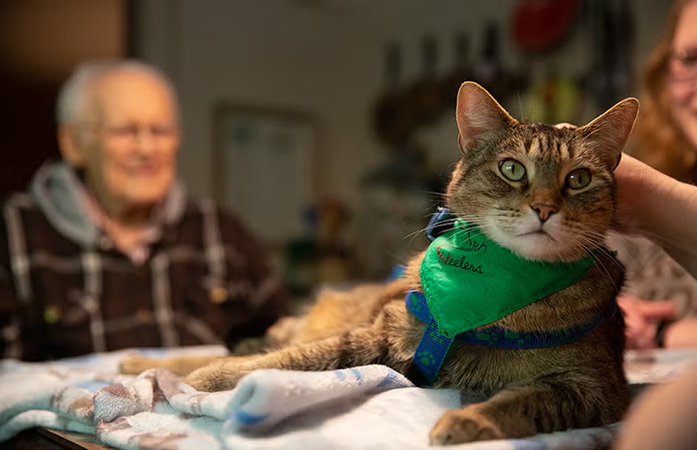
1. Calm Presence
Unlike other energetic therapy animals, the cat will move quietly and slowly, which would reduce the overstimulation and anxiety.
2. Sense of Purpose
Brushing or feeding a cat could produce a sense of responsibility and a daily routine.
3. Memory Triggers
Many patients remember owning pets. Cats could serve as powerful emotional cues that might help spark conversation and recognition.
4. Tactile Comfort
Petting a cat will stimulate the release of serotonin and oxytocin, hormones linked to mood regulation and relaxation.
Real Stories and Supportive Studies
In care homes across the globe, caregivers tend to report transformative changes as the withdrawn patients start speaking, their eyes light up at the sight of a cat, and their agitated behaviors calm. One 2021 study from Japan found that weekly cat visits resulted in a 35% reduction in wandering behavior and verbal aggression.
The Pilot program on the Germany introduced the robotic cats to memory care units where the cats were shown to improve the social interaction and reduced the loneliness by over 40%.
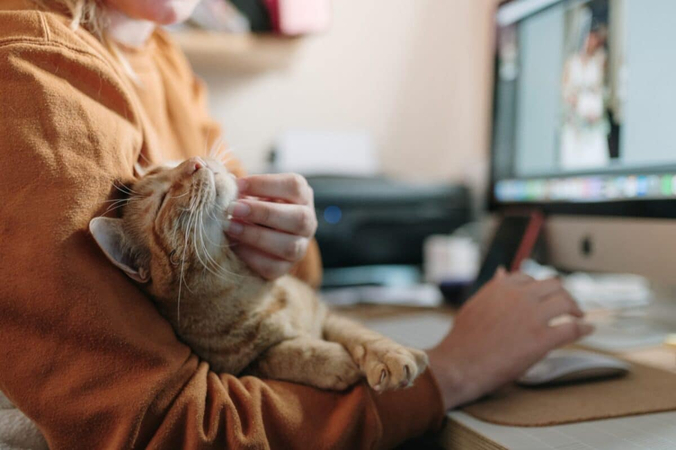
Part 2. AI Analysis of Cat Videos
In the multi-institutional research initiative that took over two years, scientists fed the AI systems high-resolution footage of Alzheimer's patients observing the cats and interacting with them either via screens or in real life. Each video was analyzed using machine learning algorithms that were trained to detect voice modulation, micro-expressions, movement patterns, attention span, etc.
The results successfully revealed the pattern of elevated engagement when the cats participated. Cat-related material triggered longer eye contact with the screen, increased verbal attempts, subtle but consistent physical responses, and more spontaneous emotional reactions compared to neutral video content or non-feline animals.
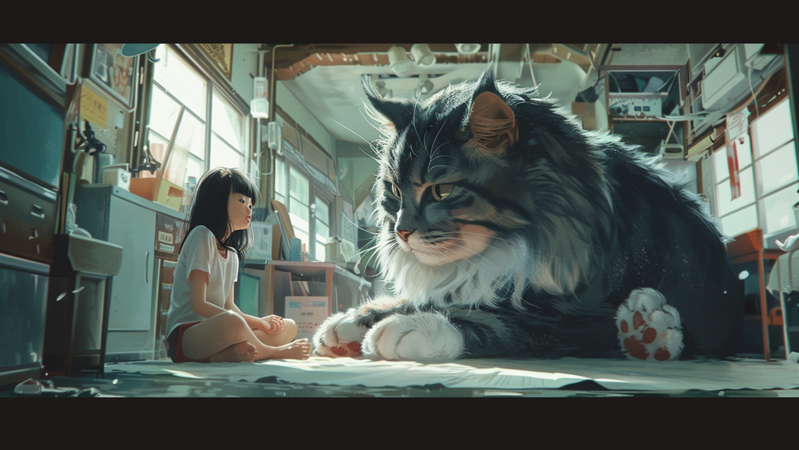
What the AI Actually Measured
The system didn't just watch for some obvious reasons. Instead, it tracked the pulse variabilities, facial muscle movement, and shifts in the breathing rhythm, which are all proxies for neurological stimulation and emotional arousal.
This level of the analysis helped the AI to differentiate between the true neurological engagement and passive watching, a key difference in the therapy of Alzheimer's.
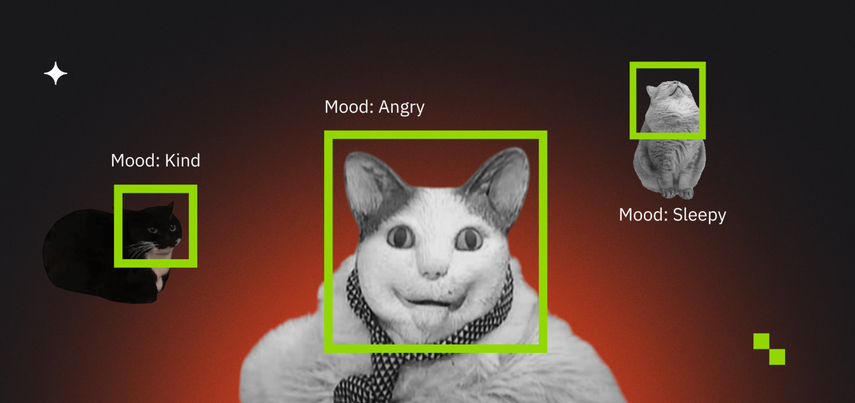
Implications of Therapeutic Design
The AI drive analysis isn't a simple academic exercise, as its insights have reshaped how car facilities have approached the programming of Alzheimer's. With the evidence supporting the cognitive benefits of cat exposure, multiple innovations can emerge.

1. New Assisted cars care dashboards
These dashboards could assist caregivers in tracking how the patients respond emotionally to daily stimuli, including cat videos.
2. Personalized video therapy platforms
These are the platforms where the AI tends to select the feline content based on the patient's response history.
3. AI-powered felon simulations and robotic cats
Robotic cats and AI powered feline simulations will offer the comfort without the need for the live animal care.
Part 3. Enhancing Your Cat Video Quality with HitPaw VikPea
Regardless of the issue you're facing with the cat images, HitPaw Vikpea will surely come to your rescue. It provides AI-powered technology along with mind-blowing AI models to make the photos look admirable and watchable.
The thing to like about this video quality enhancer is that it doesn't affect the quality of the videos while enhancing the videos. Beyond that, this software also supports batch processing, so you can import multiple videos simultaneously and elevate the quality of those videos simultaneously. Luckily, HitPaw Vikpea won't take any extra time uploading and enhancing the videos, and its free version allows you to improve a few videos for free.
Features
- Perfect way to enhance the cat videos significantly
- Upscale the cat videos to up to 8K
- Unblur and colorize the videos regularly
- Easily explore the AI Video repair function to repair the unplayable and damaged video
- Provides the smooth and fast video background replacement and removal functions
- Works on Mac and Windows
- Batch importing to enhance the multiple videos simultaneously
- No watermark added in the exported videos
How to enhance the cat videos through HitPaw Vikpea?
Step 1: Go to HitPaw Vikpea's official webpage and install the tool on your computer. Upon launching the software, tap on the Choose File button to import the cat video you want to enhance. If you're going to upload more videos, you can explore HitPaw Vikpea's batch processing feature.

Step 2: When you see the timeline of the HitPaw Vikpea, you can see several AI models, including the General Denoise Model, animation model, colorize model, color enhancement model, and video quality repair model.
Selecting the video Repair model will eliminate all the shortcomings in the images and give new life to the blurred and ugly-looking videos. The picture given below shows how the video repair model has made the ugly-looking cat video outstanding and stunning.

Step 3: If you've uploaded multiple videos, you can apply the Video Repair model again to see the results of the outstanding AI models. In the next phase, you'll need to preview the parameters of the videos. If you're looking to make some more adjustments to the video, HitPaw Vikpea provides excellent image customization to make the photos look wonderful and admirable.
You can then download the enhanced images to the computer by selecting the Export button. This process won't take any extra time, provided you have a fast and consistent internet connection.

Bottom Line
This post has explored the surprising and stunning connection between Alzheimer's therapy and cats. This guide will be helpful whether you want to learn about scientific validation through AI or the emotional comfort cats provide.
With a tool like HitPaw Vikpea, you've got the leverage to turn the ordinary-looking cat videos into something special and worth admiring. HitPaw Vikpea provides several AI models to elevate the overall quality of the images, and exporting enhanced cat videos without a watermark is also possible.









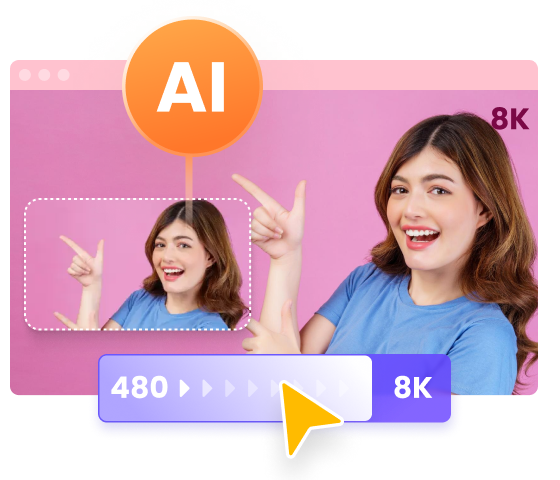
 HitPaw Edimakor
HitPaw Edimakor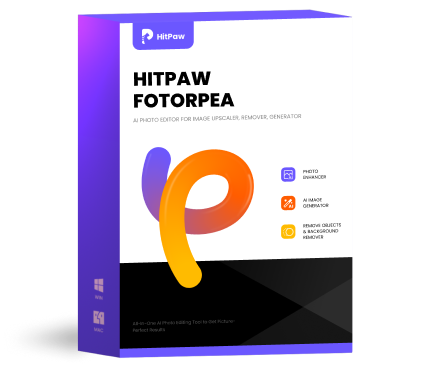 HitPaw FotorPea
HitPaw FotorPea HitPaw Univd (Video Converter)
HitPaw Univd (Video Converter) 



Share this article:
Select the product rating:
Daniel Walker
Editor-in-Chief
This post was written by Editor Daniel Walker whose passion lies in bridging the gap between cutting-edge technology and everyday creativity. The content he created inspires the audience to embrace digital tools confidently.
View all ArticlesLeave a Comment
Create your review for HitPaw articles